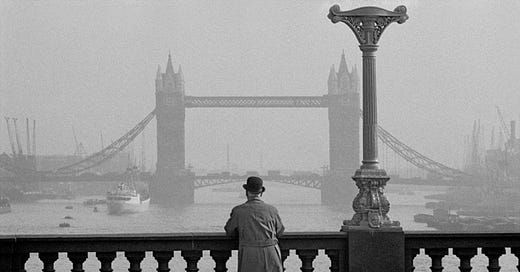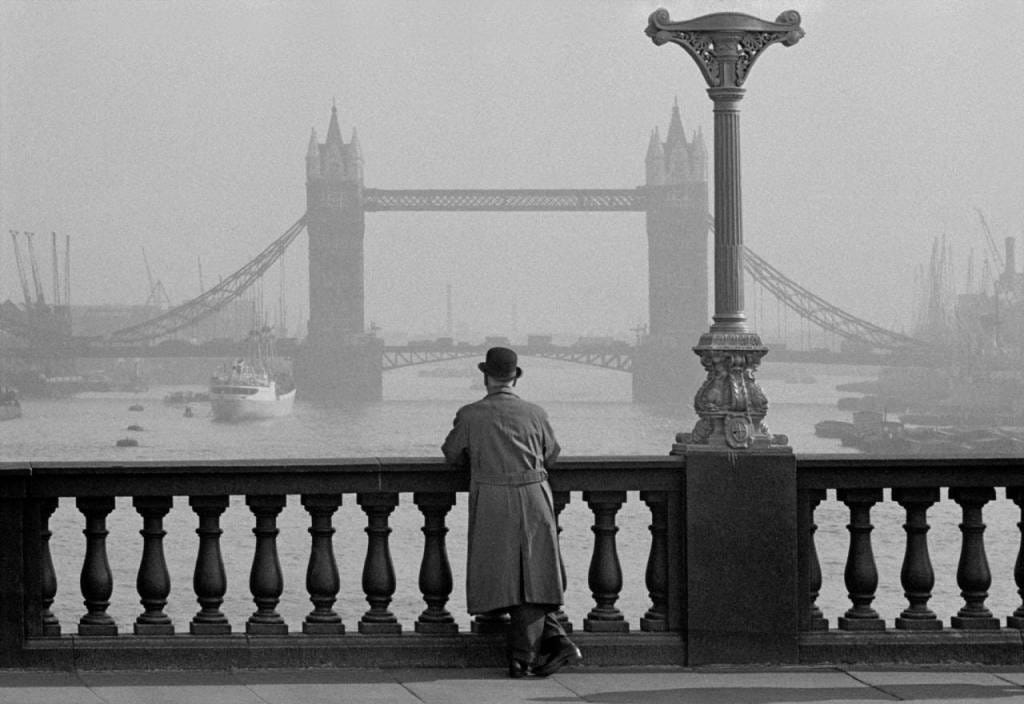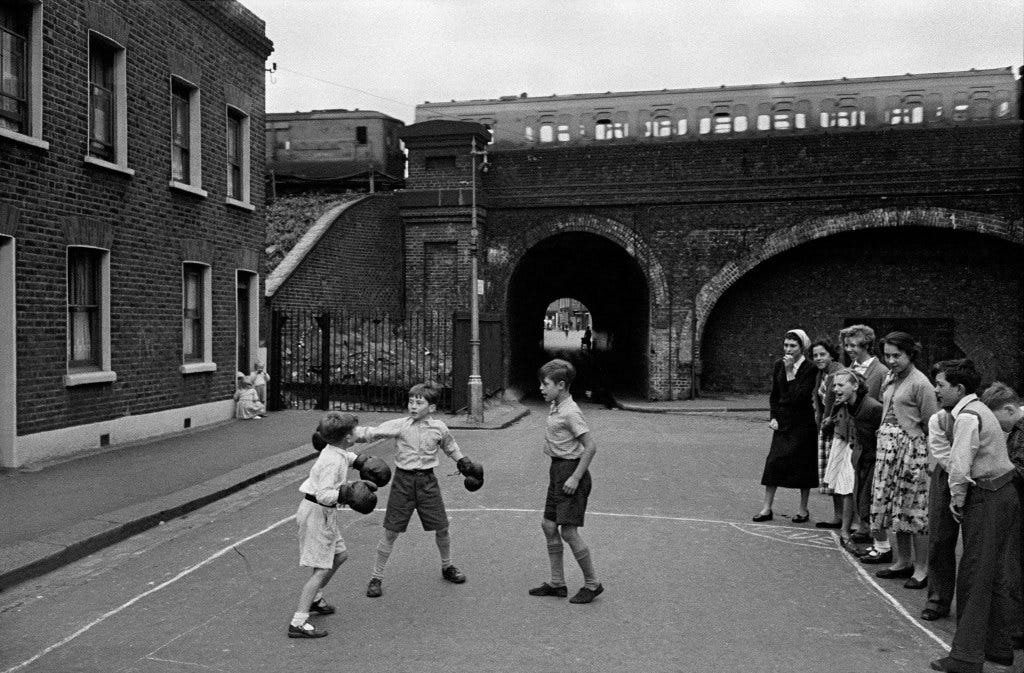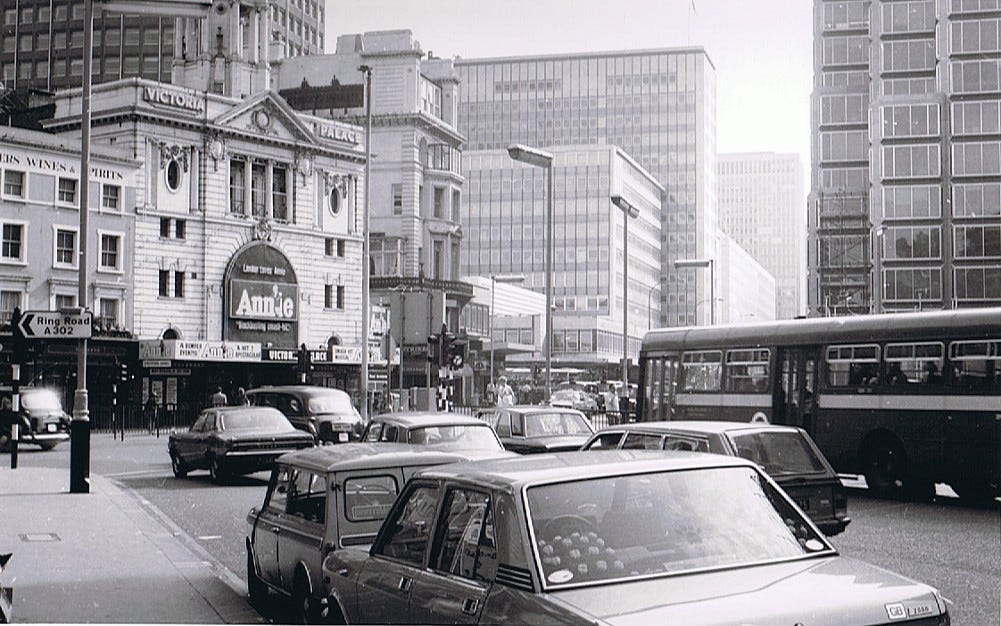Is London becoming a less English city?
Monty Python star John Cleese faced a severe backlash when, in 2011, he made the claim that “London [is] not really an English city anymore” - but is there truth to this statement?
London’s population was 8.8 million as of 2021; 37.5% thereof (3.3m) being foreign-born - this figure is stark enough, without even including the children of immigrants; this is only people born abroad who then migrated. Only 37% of London residents are white British. The foreign-born population of London is now larger than the white British population.
It was not always this way, contrary to attempts by leftists to put forward a narrative of Britain as a “nation of immigrants”. As recently as 1960, foreigners accounted for just 1 in 32 (3%) of the UK’s total population.
According to the 2021 census, some 17% of the UK population is foreign born, and in some towns, such as Luton, Bedfordshire, that number is as high as 40%. While 54% of Luton residents are white, only 45% are white British.
In 2022, more than 45,000 migrants arrived on our shores in illegal small boat crossings. There is simply no reason for our country to allow this to continue.
The statement that England is becoming less English is not a racist one. As social commentator and author Konstantin Kisin put it, “If 50% of the people who lived in London were Scottish, would it be okay to say that London has become less English?”
For all the supposed benefits of diversity, one glaring, though oft-ignored fact remains - England is the homeland of the English. The job of the government is not to welcome and harbour all the peoples of the world, it is, first and foremost, to protect the interests of the English, their peculiar history, and their unique way of life. Small amounts of immigration, provided those coming love England and are committed to integrating, could be excused. As it stands, we risk an irrevocable dilution of this way of life from allowing upwards of 500,000 immigrants per year into our small island nation.






